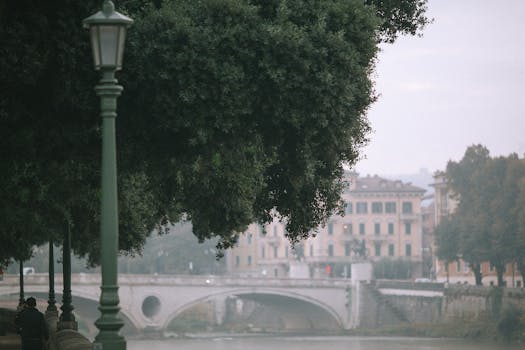
Urban Green Spaces: The Future of Outdoor Living in European Cities by 2025
Urban Green Spaces: The Future of Outdoor Living in European Cities by 2025 is a vital concept that will revolutionize the way we live and interact with our surroundings. As the world becomes increasingly urbanized, the need for green spaces in cities has never been more pressing. In this article, we will explore the importance of urban green spaces and how they will shape the future of outdoor living in European cities by 2025.
Introduction to Urban Green Spaces
Urban green spaces refer to areas in cities that are dedicated to nature and the environment. These spaces can take many forms, including parks, gardens, green roofs, and even urban farms. They provide a range of benefits, from improving air quality and mitigating the urban heat island effect to promoting physical activity and mental well-being.
The Benefits of Urban Green Spaces
The benefits of urban green spaces are numerous and well-documented. Some of the most significant advantages include:
- Improved air quality: Urban green spaces can help to remove pollutants from the air, improving the health and well-being of city residents.
- Climate regulation: Green spaces can help to regulate the climate, reducing the urban heat island effect and mitigating the impacts of extreme weather events.
- Physical activity: Urban green spaces provide opportunities for physical activity, such as walking, cycling, and sports, which can help to reduce the risk of chronic diseases.
- Mental health: Green spaces can have a positive impact on mental health, reducing stress and anxiety and promoting feelings of calm and well-being.
The Future of Urban Green Spaces in European Cities
By 2025, urban green spaces will play an increasingly important role in European cities. As cities continue to grow and urbanize, the need for green spaces will become more pressing. In response to this need, cities are beginning to incorporate more green spaces into their urban planning, from green roofs and walls to urban parks and gardens.
Case Studies: Successful Urban Green Space Initiatives in European Cities
There are many examples of successful urban green space initiatives in European cities. Some notable examples include:
- The High Line in London: An elevated park built on an old rail line, providing a unique green space in the heart of the city.
- The Park at the Palais-Royal in Paris: A beautiful and tranquil green space in the heart of the city, providing a peaceful escape from the hustle and bustle of urban life.
- The Superkilen park in Copenhagen: A vibrant and inclusive green space that celebrates the city’s cultural diversity.
Conclusion
In conclusion, urban green spaces are a vital component of sustainable and livable cities. By 2025, these spaces will play an increasingly important role in European cities, providing a range of benefits from improved air quality and climate regulation to physical activity and mental well-being. As cities continue to grow and urbanize, it is essential that we prioritize the creation and maintenance of urban green spaces, ensuring that they remain a vibrant and integral part of our urban landscape.






